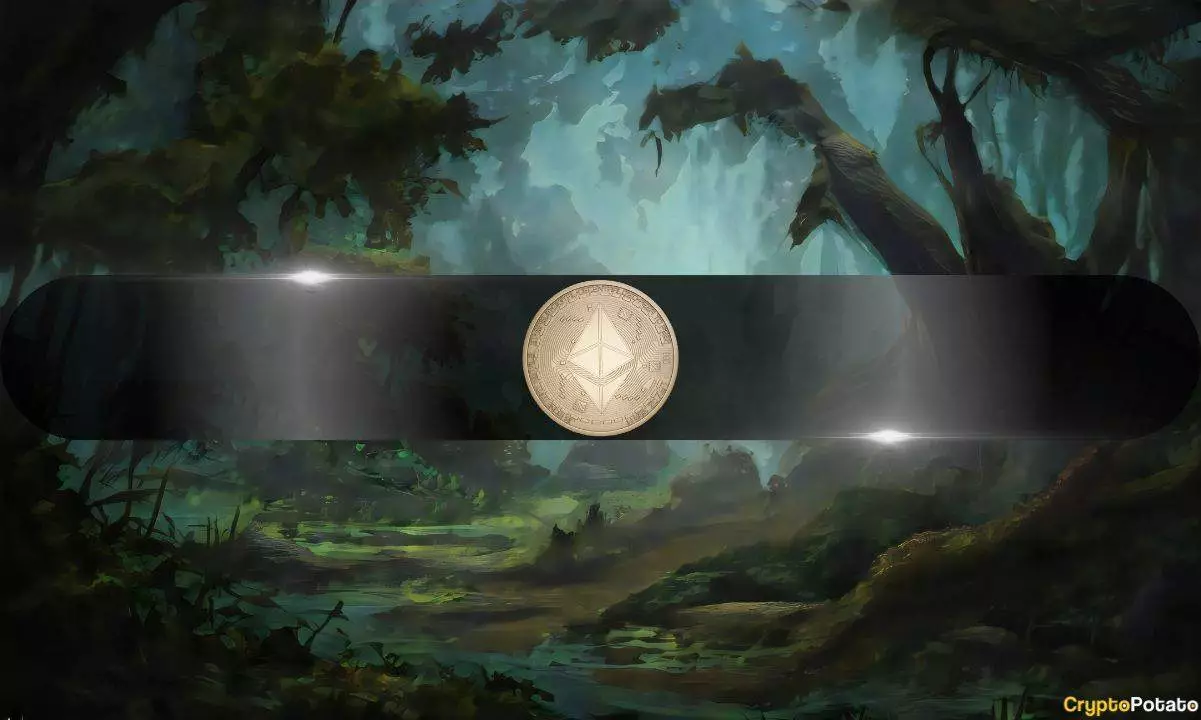In early January, Ethereum’s price momentarily soared past the $3,700 mark, generating a glimmer of optimism among investors. However, this rally proved fleeting, and the asset has since found itself approximately 12% below its recent local peak, leaving a palpable sense of disappointment in its wake. The current market sentiment surrounding Ethereum remains tepid, driven primarily by retail investors rather than institutional players. Analysts suggest that the next significant price movement will significantly hinge on the activities of whale investors.
As it stands, Ethereum’s price has stabilized around $3,000, yet there is apprehension about the potential for a decline to the $2,500-$2,800 range. CryptoQuant analyst, known as ‘IT Tech’, has expressed concerns that increased whale transactions, particularly during this period of price instability, could lead to negative repercussions. Presently, the large transaction volume (LTV) for Ethereum is notably subdued compared to the previous bullish cycles, hinting that the current market dynamics are more retail-driven. The absence of robust speculation from whale investors, a trait seen in the crypto markets of 2017 and 2021, suggests that any price rallies at this stage could be more organic and less fueled by hype.
To regain bullish momentum and surpass the $3,500 threshold, experts argue that there must be a sustained increase in large transaction volumes. This would serve as a crucial indicator of reinforced institutional interest toward Ethereum. Conversely, should prominent holders commence liquidating their positions as prices wane, the cryptocurrency could face a noteworthy correction. Hence, investors are urged to keep a close eye on LTV trends, as shifts in whale behaviors may serve as early indicators of potential price drops.
Despite some negative sentiments surrounding Ethereum, particularly regarding co-founder Vitalik Buterin’s ETH sales and concerns over centralization, market analysts often note that pessimism can precede price recoveries. Some experts project a substantial price increase for Ethereum, with estimates suggesting potential valuations between $4,000 and $20,000. In support of this bullish outlook, Vivek Raman, founder of Etherealize, emphasizes the underappreciated potential of crypto assets. He cites several factors that contribute to his optimism.
Raman highlights five primary drivers for his bullish perspective on Ethereum. The first is significant investment from the Trump family’s DeFi endeavor, World Liberty Finance, which heavily leans on Ethereum. Secondly, he mentions the growing institutional demand as hedge funds and asset managers advocate for tokenization, fundamentally relying on Ethereum’s infrastructure. The third point of optimism lies in investment banks increasingly adopting crypto functionalities, with Ethereum deemed preferable for its robust security and adaptability. Fourth, the repeal of SAB 121 is seen as a positive shift, easing regulatory constraints and permitting banks to hold Ethereum and similar tokenized assets. Lastly, the prospects of a staked Ether ETF, backed by a more crypto-friendly SEC leadership, add to the anticipation surrounding Ethereum’s potential growth.
While the Ethereum market grapples with its current challenges, influences from whale activities, retail investor actions, and macroeconomic trends could shape its trajectory in the months to come. Monitoring these dynamics will be vital for anyone invested in or analyzing the future of this leading altcoin.















